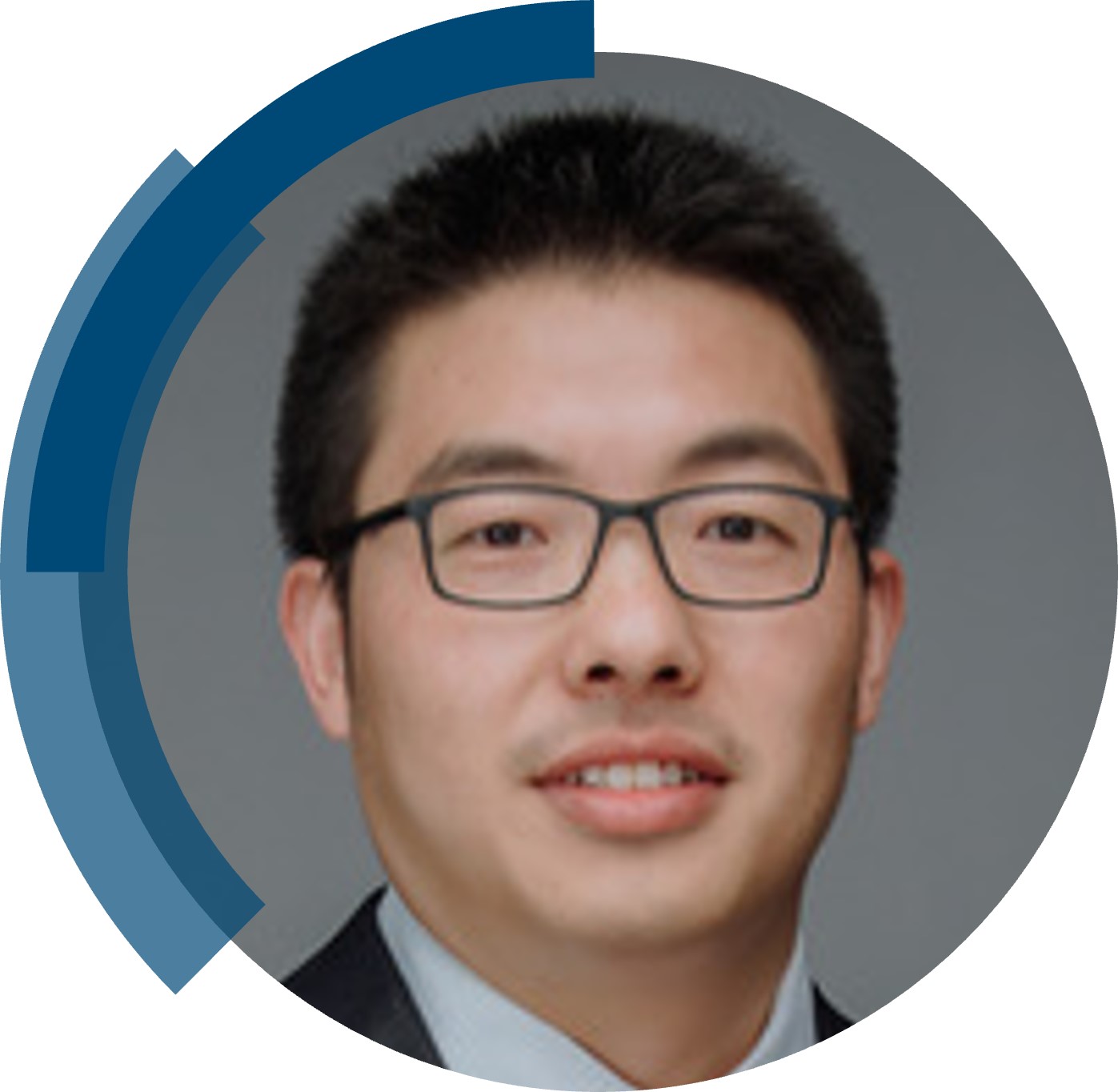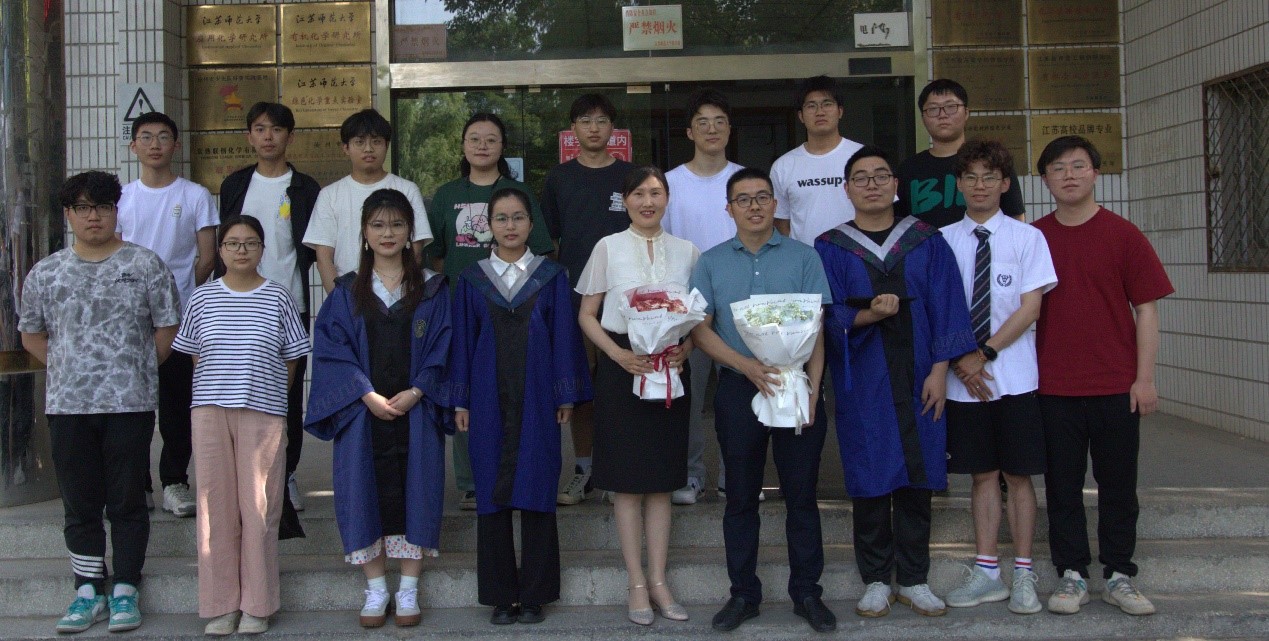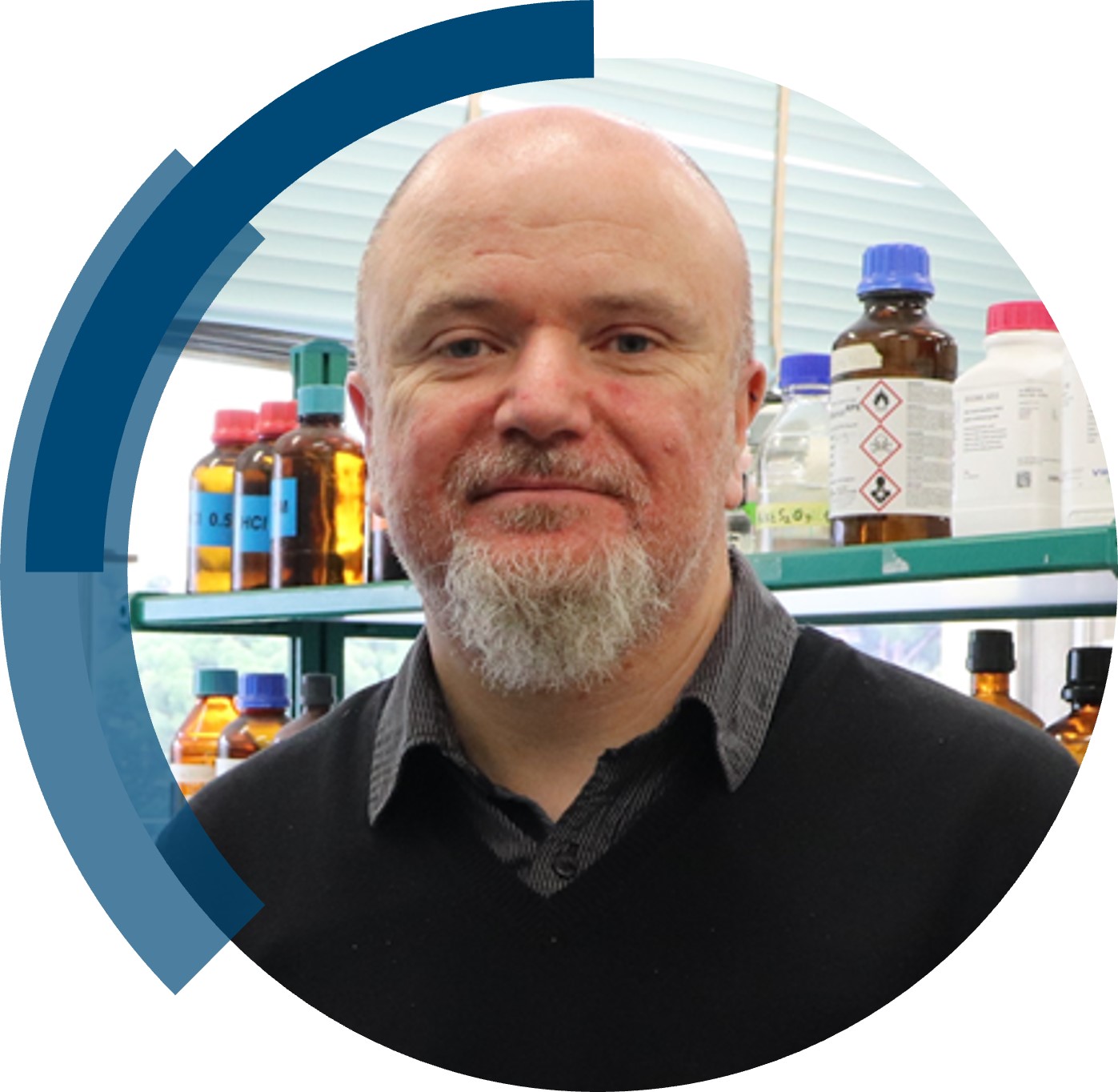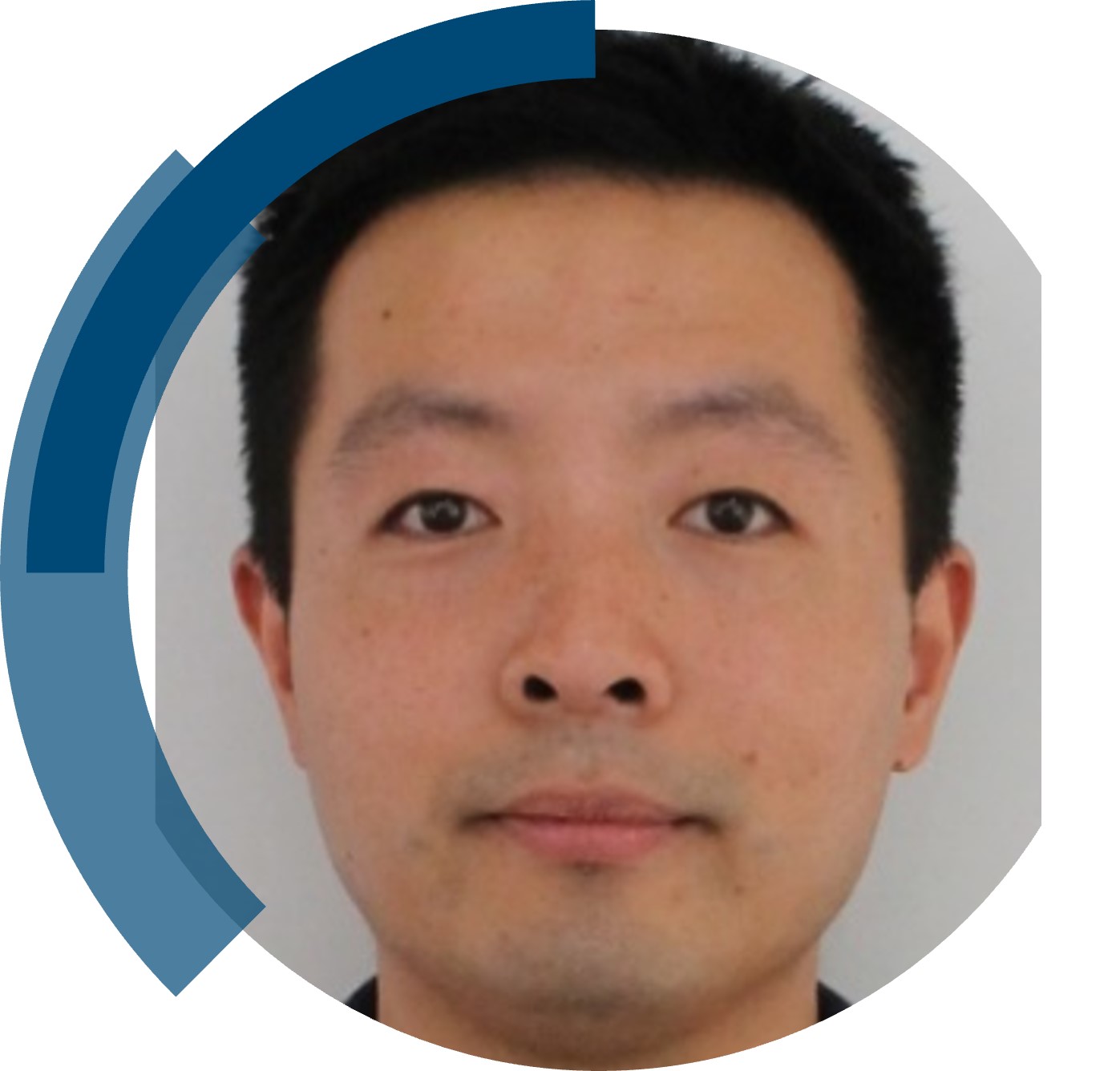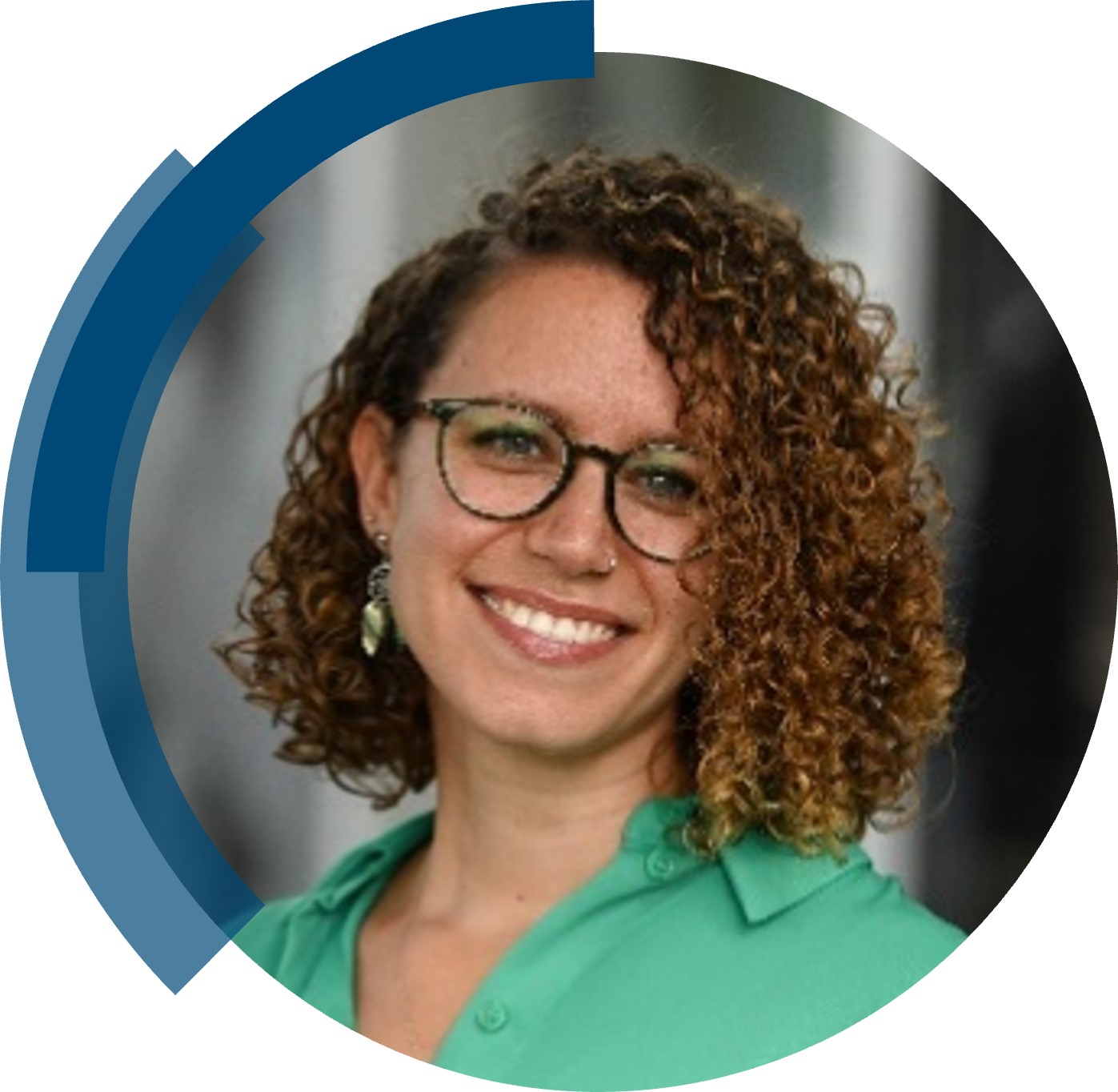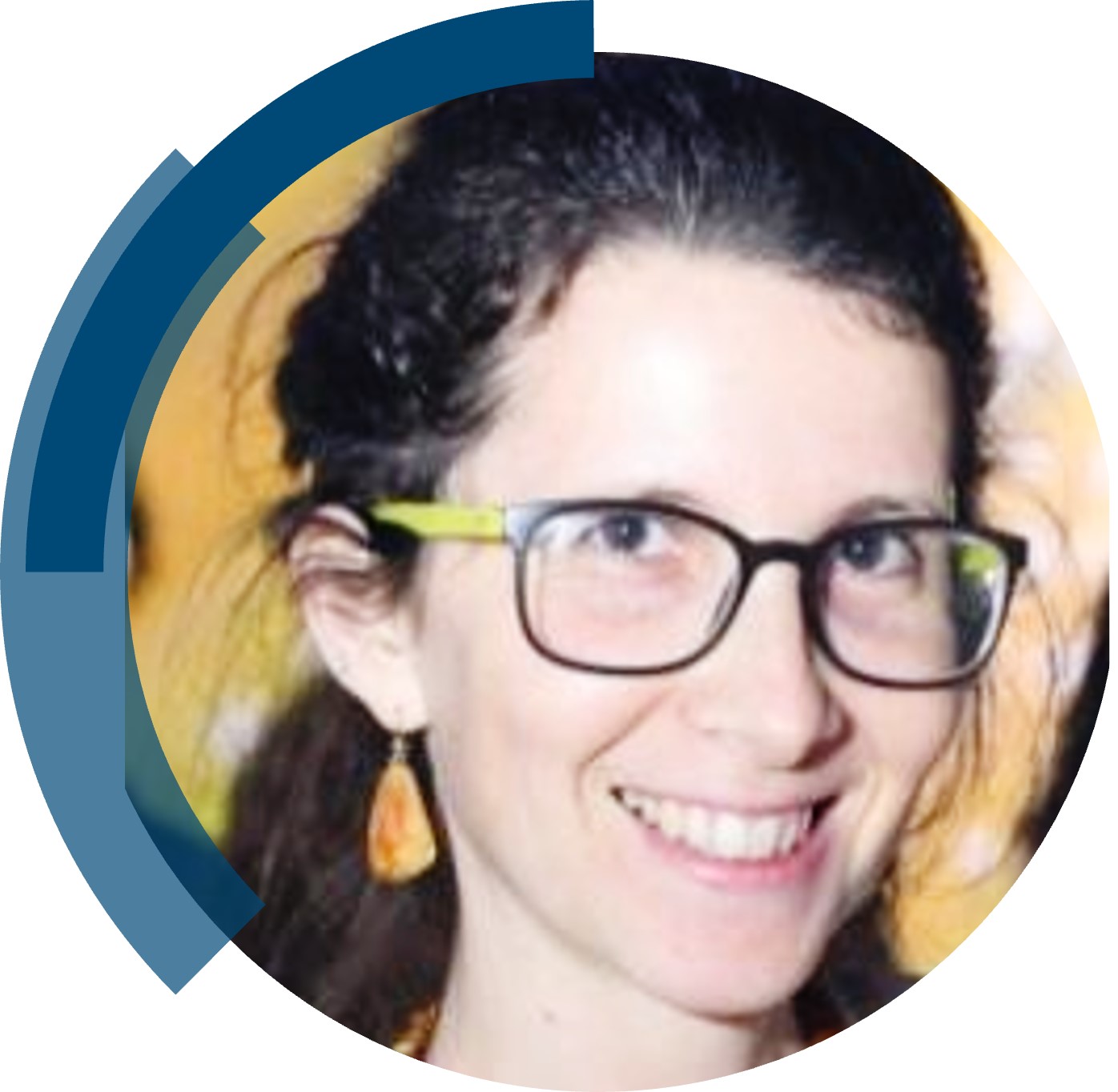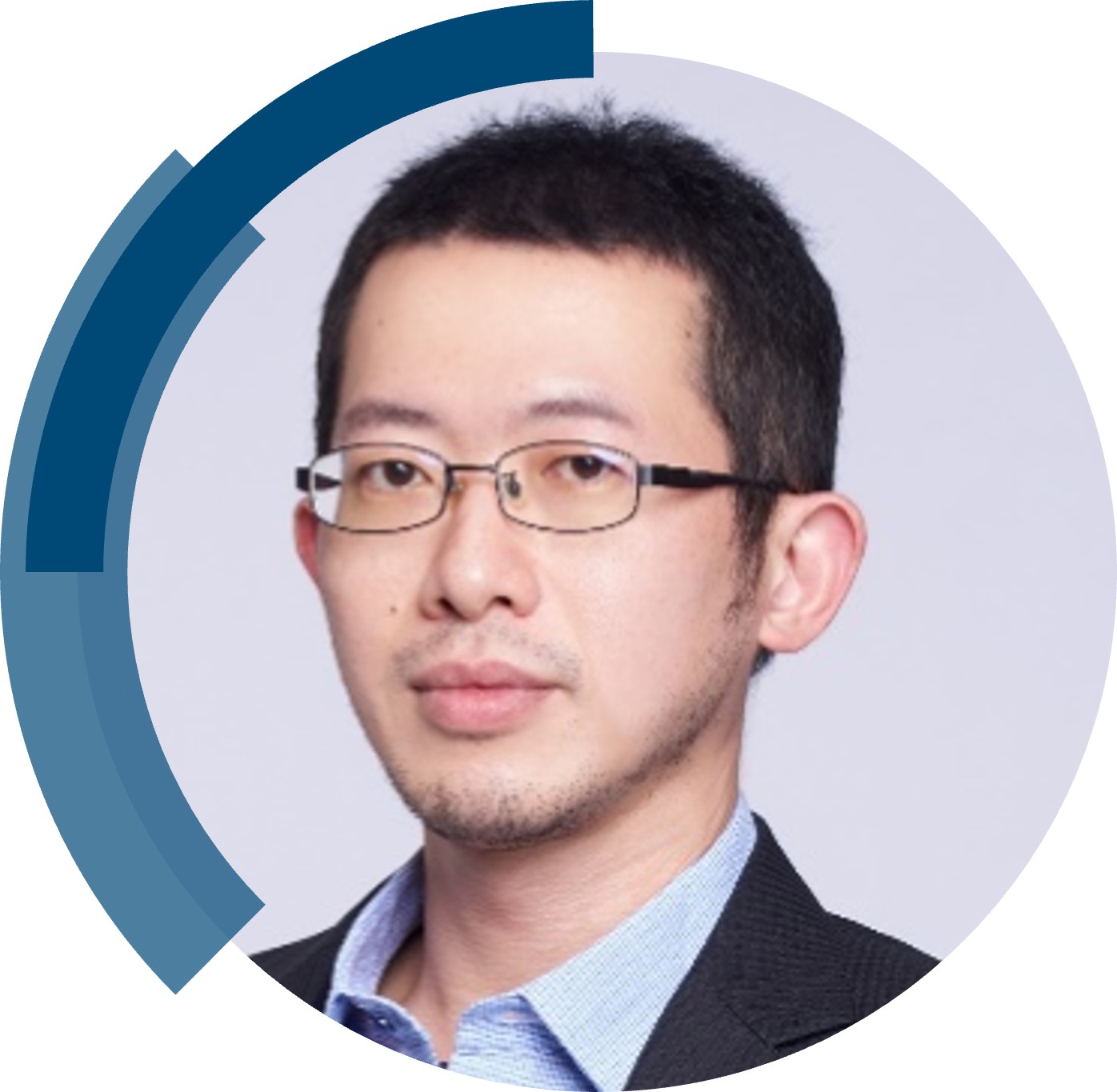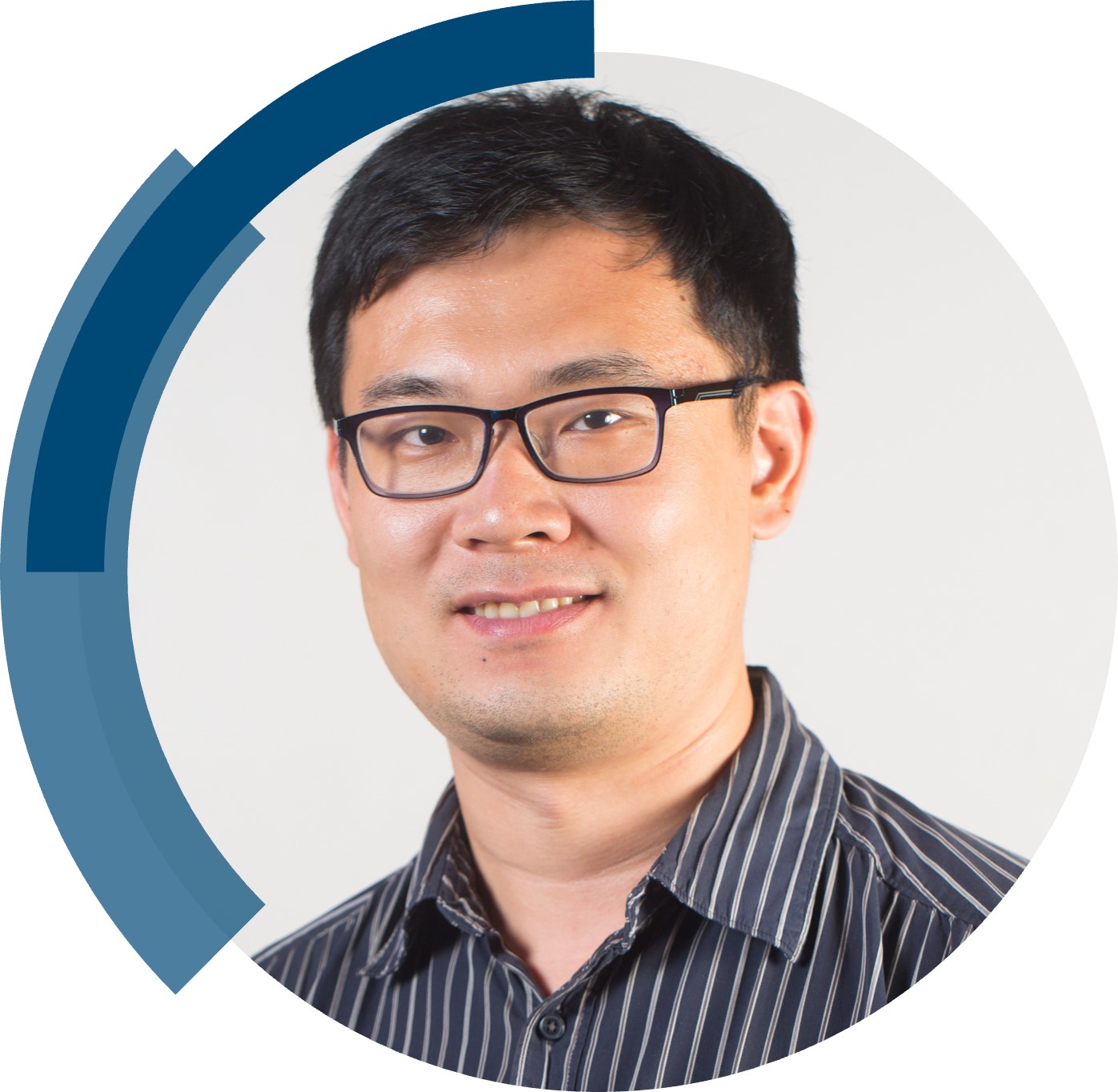ChemComm is publishing its 60th volume in 2024. Over the past 60 years, ChemComm has been the RSC’s most cited journal, and one of the most trusted venues for rapid publication of short communications. In our anniversary year, we recognise the important contributions ChemComm has made, and continues to make, in advancing the chemical sciences.
As part of our anniversary celebrations, we’ve brought together a collection featuring the latest research from some of our most loyal and dedicated authors. From those marking the beginning of their independent academic career by publishing their first article with us, to the rising stars and established leaders publishing in our yearly ‘Emerging Investigators’ and ‘Pioneering Investigators’ collections, this collection champions the contributions of our worldwide author community. We are proud many authors choose to support our journal by regularly publishing their best work with us. This collection also features papers from our ChemComm Emerging Investigator Lectureship winners, and our Outstanding Reviewer awardees, whose invaluable feedback has shaped our published content through the years.
To accompany the collection, we’ll be publishing interviews with contributing authors where they provide further insight into their research and reflect on their journey with ChemComm.
Check out our interview with Chenxu Wang (Xi’an University of Science and Technology, China) and Roman Boulatov (University of Liverpool, UK) below!
How have you seen ChemComm evolve over the years, and what aspects do you find most noteworthy?
My impression, which is not based on analysis of any metrics, is that the efficiency and speed of peer review improved and there seem to be more thematic issues. Conversely, I find myself relying on ChemComm less and less frequently (compared to during my PhD in early 2000s).
What is your favourite thing about ChemComm?
Efficiency of peer review; fairly high density of information
In what ways do you think ChemComm stands out among other journals in your field?
A generalist journal with focus on communications and good reputation among chemists
How would you describe the peer review process and interaction with the editorial team at ChemComm?
Efficient, professional
Are there ways in which the journal can further support and engage with future generations of scientists?
With the proviso that I’m not an expert in publishing, from talking to my colleagues and some other tidbits of opinions, I see an unfilled niche among generalist journals that target and promote independent ECRs who do very promising science but are not “consensus stars”. This subset of independent ECRs pursues rigorous, often highly creative science in fields that the mainstream is either unaware of or may even be prejudiced against, particularly at an interfaces of conventionally defined areas of science. These ECRs prioritize answering difficult scientific questions over self-promotion. A journal that makes a concerted effort to identify these scientists and promote their science, may engender loyalty to the journal that is absent among the hard-nosed highly career-ambitious colleagues.
Could you provide a brief summary of your recent ChemComm publication?
Our recent publication reviews the emerging approaches of exploiting usually destructive mechanical stress to endow simple polymers with exploitable responses to stress. We highlight the role of macroradicals generated by mechanochemical fragmentation of polymer chains to drive the formation of new chemical bonds, thus enabling local self-healing, self-strengthening, mechanofluoresence or other functions. We discuss the chemistry and physics underlying these strategies and articulated the challenge of adapting them to various polymeric materials under different loading scenarios.
In your opinion, what are the next steps or potential areas of research that could build upon the findings in this paper?
We expect the findings described in our paper to benefit meaningfully both fundamental and translational research in polymer chemistry, mechanochemistry, polymer engineering and material science in general. For example, better understanding of the fate of macroradicals generated in mechanically-stress polymers likely offers new synthetic routes or new polymerization methods. Mechanochromism derived from macroradicals offers an opportunity to map the distribution of macroscopic mechanical load across the molecular networks, thus enabling molecular-level design of mechanoresponsive properties, such as self-healing and self-strengthening.
Be sure to read Chenxu and Roman’s #OpenAccess Feature article, “Productive chemistry induced by mechanochemically generated macroradicals” to learn more!















